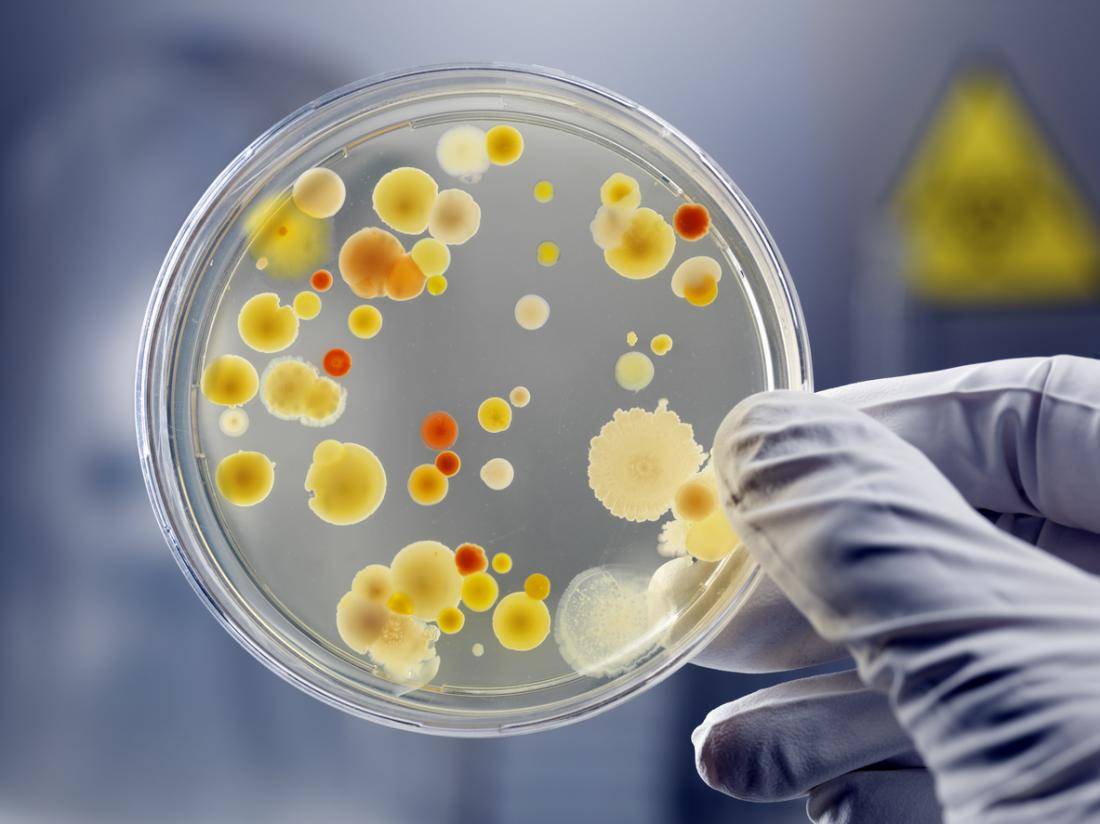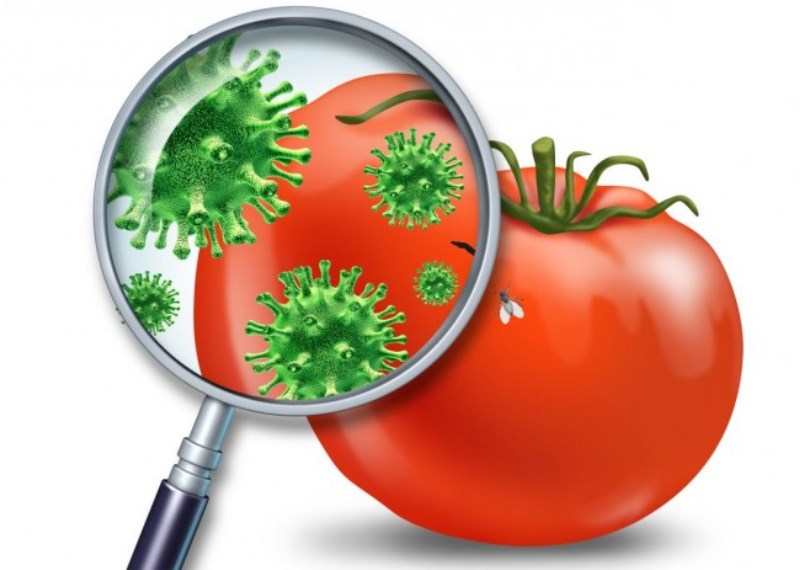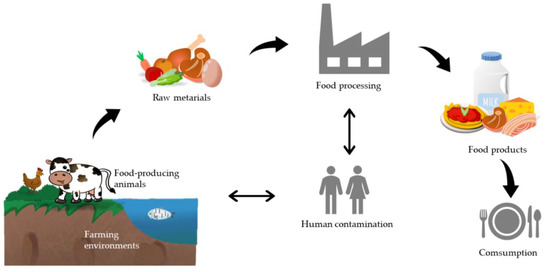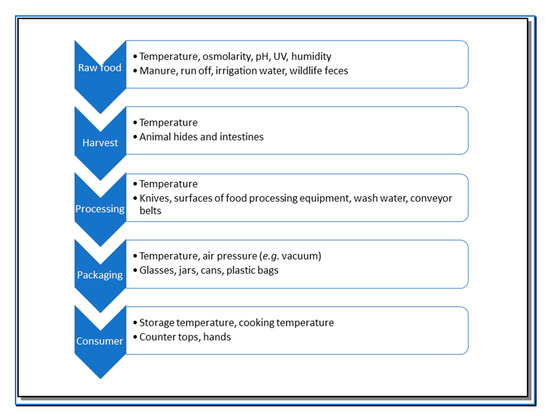What is bacterias role in food production Biology Diagrams Food chains and food webs are related but not identical concepts. While a food chain is a linear sequence of energy transfer, a food web is a more complex, interconnected network of food chains. Food webs better represent the complexity of ecosystems, where most organisms consume multiple types of food and are preyed upon by various predators. Q: What are the consequences for the food-chain and the safety of our food? A: When animals that have been given antibiotics are slaughtered, it is impossible to stop all the bacteria - both susceptible and resistant - in their intestine from being disseminated. So meat and other products that enter the food-chain can become contaminated.

4. Pathways of AMR in the Food Chain. Food is an excellent vehicle for spreading AMR spoilage and pathogenic bacteria. Notably, an increase in AMRB in food would have a negative effect on human health. The degree to which AMR is spread worldwide through the food supply may not be fully appreciated . AMRB may enter the food supply at any time

Definition, Examples, Types Biology Diagrams
This Collection aims to explore the roles, behaviours and impact of bacteria throughout the food chain, from the farm to the fork, either cutting-edge research or comprehensive reviews may be considered for publication. Microbial ecology in agriculture, animal husbandry and production, fermentation processes, biofilm development, antimicrobial

A grazing food chain can be either predator or a parasitic type. In a predator grazing food chain, one animal consumes another animal. The animal that is eaten is known as the prey, and the animal that eats is called the predator. In contrast, plants and animals are infected by parasites in a parasitic grazing food chain. 2.

Ecosystems and habitats Biology Diagrams
Changes that have affected bacteria in the human food chain: Soil: Mass production of food has lead to short-cuts being adopted that leave out vital steps, in particular leaving pastures to rest with forage crops, legumes and animals. This slow composting of pastures returns organic matter and nutrients to the soil.
